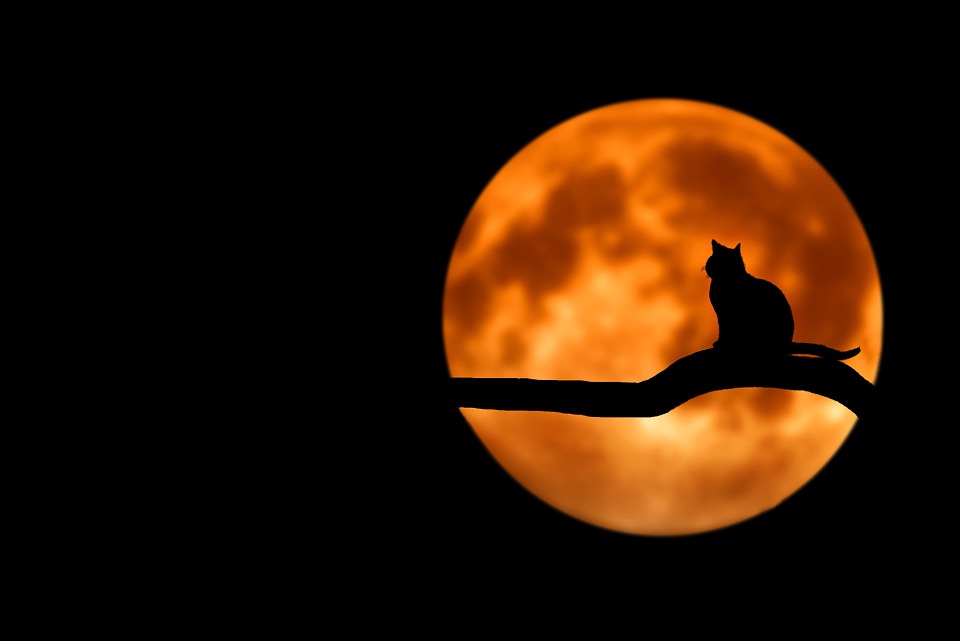Released a few days before Halloween, Netflix’s “The Chilling Adventures of Sabrina” meets expectations with an eerie, dark magic vibe. Unfortunately, the first couple of episodes drag as they establish characters and Sabrina’s relationship with them. However, as the show progresses, the episodes get better and better.
Sabrina Spellman is a typical 15-year-old school girl excitedly awaiting her 16th birthday. As a half-witch, her “dark baptism” occurs on this birthdate. She faces an ultimatum to either enter the witch world fully and become powerful or enjoy her freedom in the mortal world.
The plot is fairly similar to the 1996-2003 show “Sabrina the Teenage Witch,” but the new adaptation has a few dark modifications. For one, there is a lot more “hail Satan” going on, and her trusty feline companion, Salem, doesn’t talk. This was the biggest fail for old-school Sabrina fans. One of the most memorable aspects of the the older version of this show is the funny, sarcastic cat. Salem’s snarky comments and hilarious personality made the show.
However, this show has its redeeming moments. The show hints at one of Sabrina’s friends, Susie, having an identity crisis. This character brings attention to gender expression. The show deals with the bullying Susie receives and how Sabrina brings awareness to the situation. This show also has a strong sense of feminism throughout. Sabrina brings some girl power to the school by creating a student group called Women’s Intersectional Cultural and Creative Association (WICCA).
Reactions to the show have been mixed. The Guardian criticized the script as “woeful,” stating the show burned through the interesting parts and stalled through the dullest. However, the script was loaded with character development, as Sabrina, her friends and family experienced changing characteristics.
In the end of the first season, we see Sabrina’s character change as her blonde hair fades to white. She is no longer the sensitive, optimistic girl as she transformed into what is expected of a cold-hearted witch. Throughout the first season of this reboot, there is always some sort of dilemma or challenge the town of Greendale is going through.
The show received its share of positive feedback. The Muse stated in its review: “What Sabrina lacks in sex, cynicism and a talking cat, it makes up for in its surprisingly thorny political approach to not just being a young witch, but a young woman in general.”
According to Vox, as Sabrina faces her decision of becoming a full witch or a mortal, the show further examines what kind of women are allowed to be powerful and what kind of boundaries are put upon them in consequence.
This version of Sabrina, based on the 2014 comic of the same name, was created by the series showrunner Roberto Aguirre-Sacasa. This magical, supernatural world was established on “Riverdale” as well, so there is hope of a crossover episode occurring.
Overall, I was fascinated by the characters’ backgrounds and amazed by the real-life situations the show addresses, such as consent, gender expression and women’s rights. The show definitely redeems itself after the dragging first couple of episodes and becomes a wild ride to watch.








